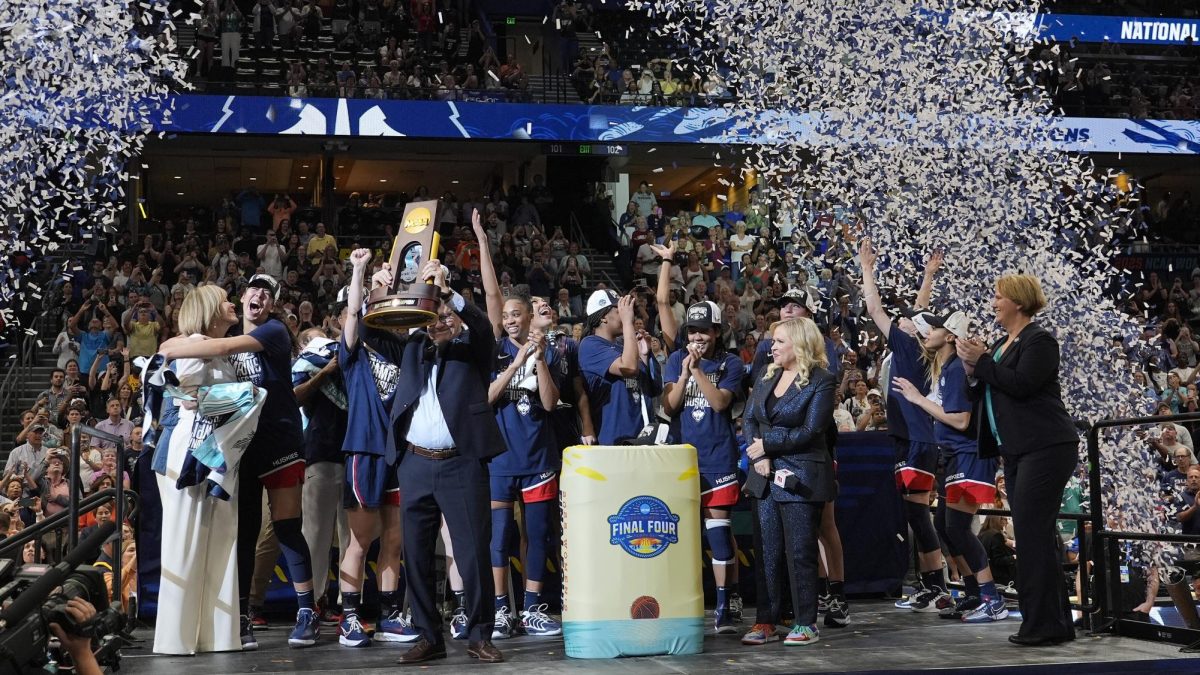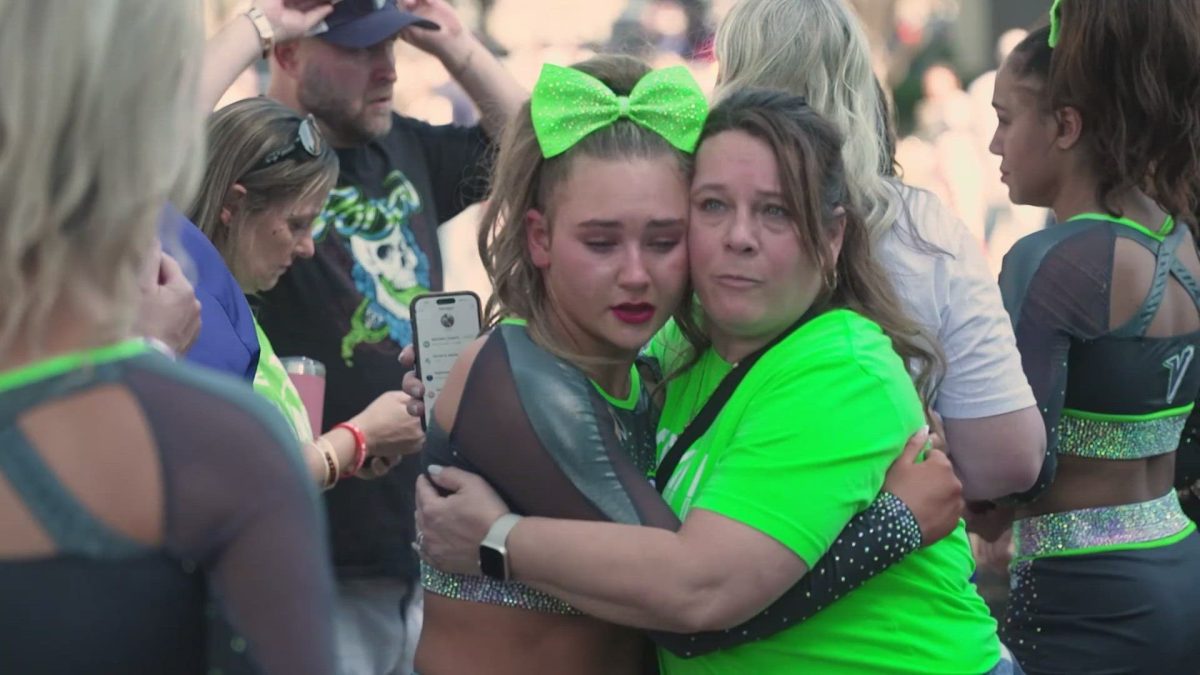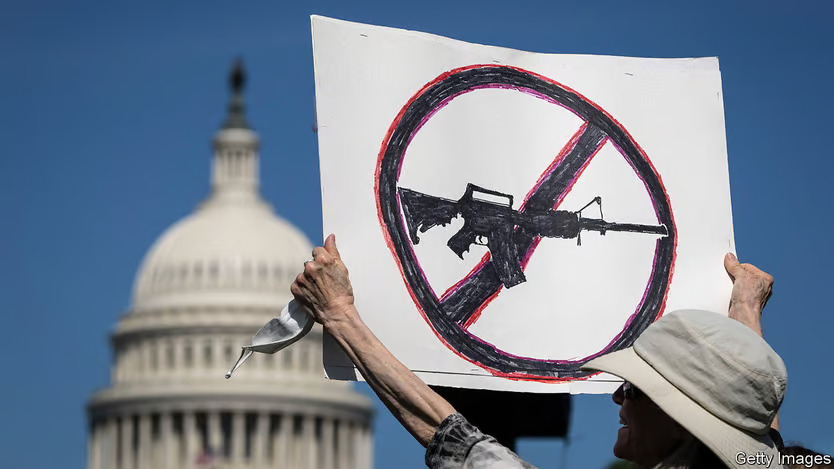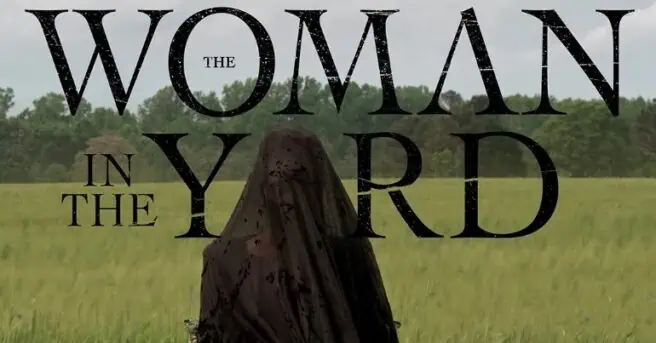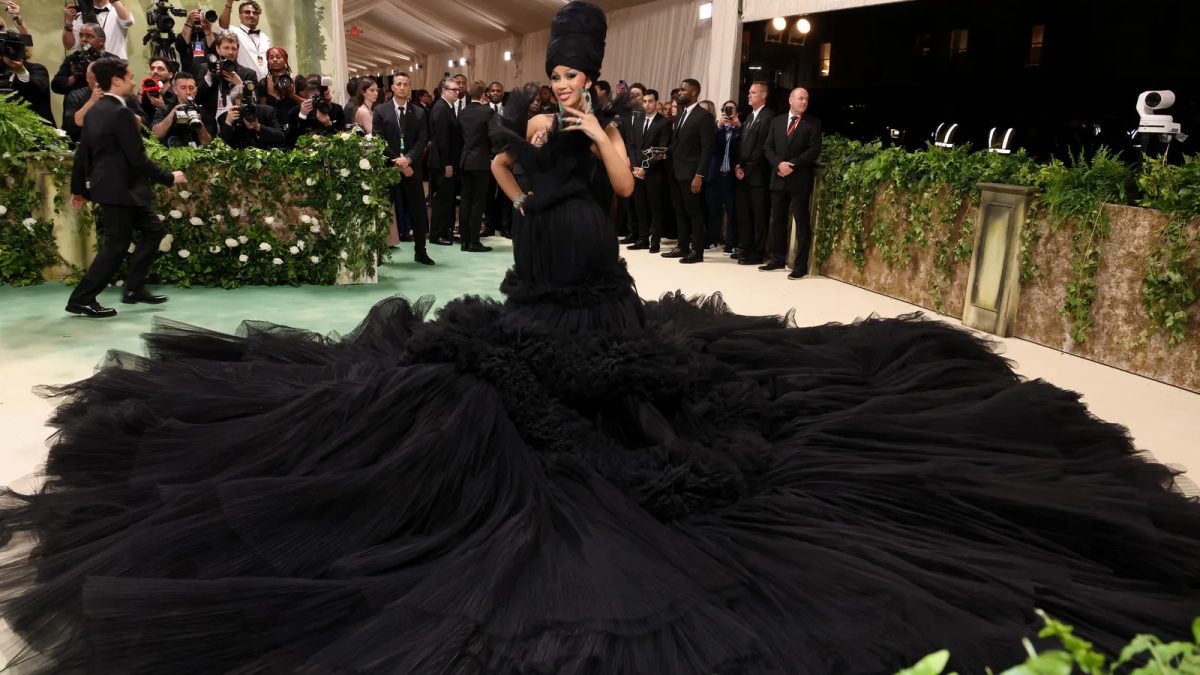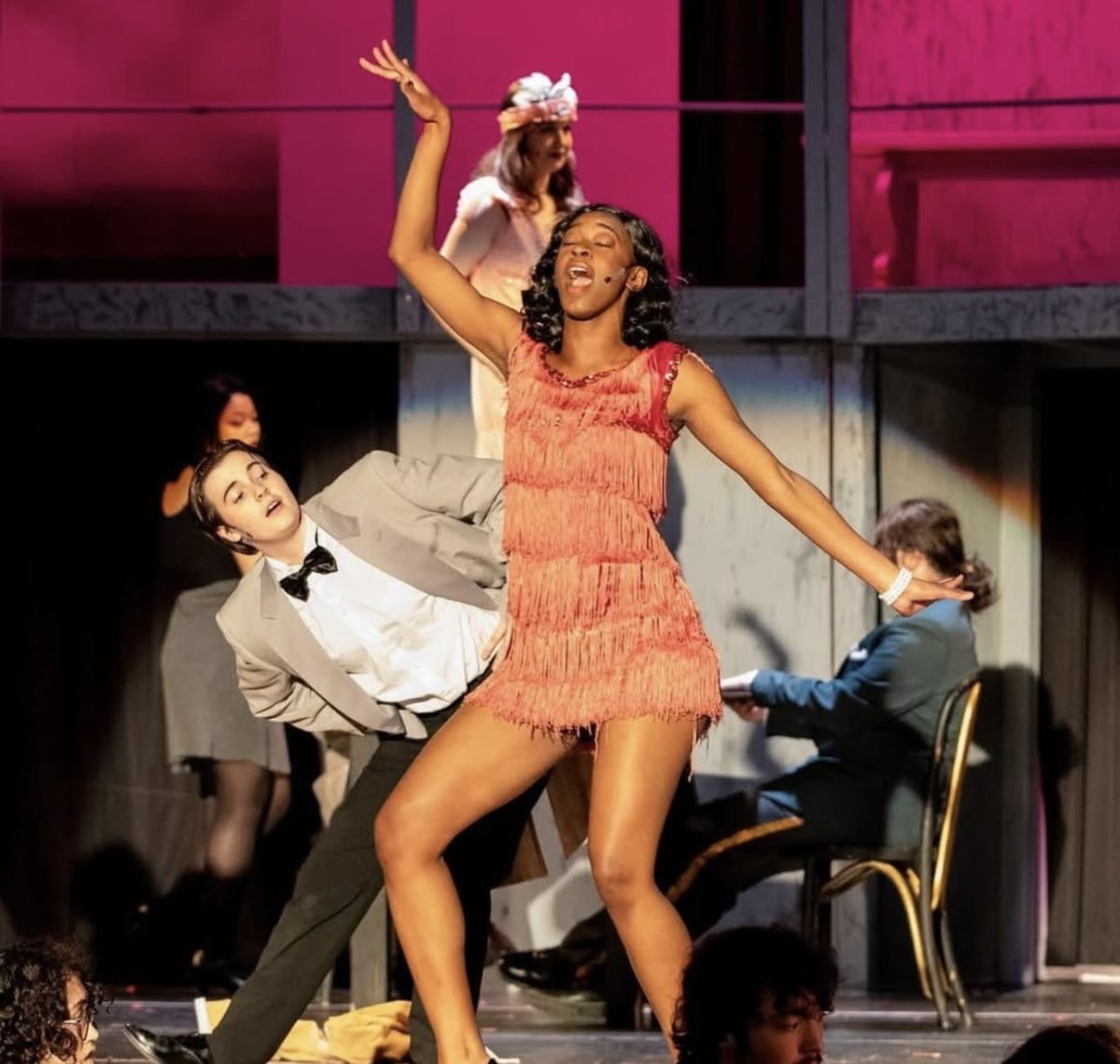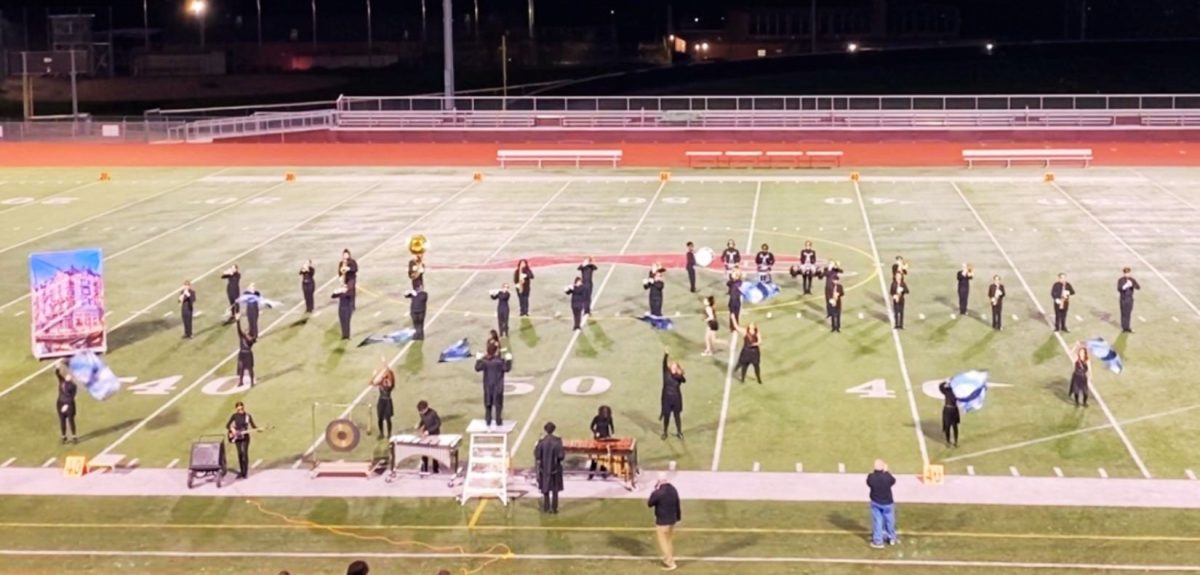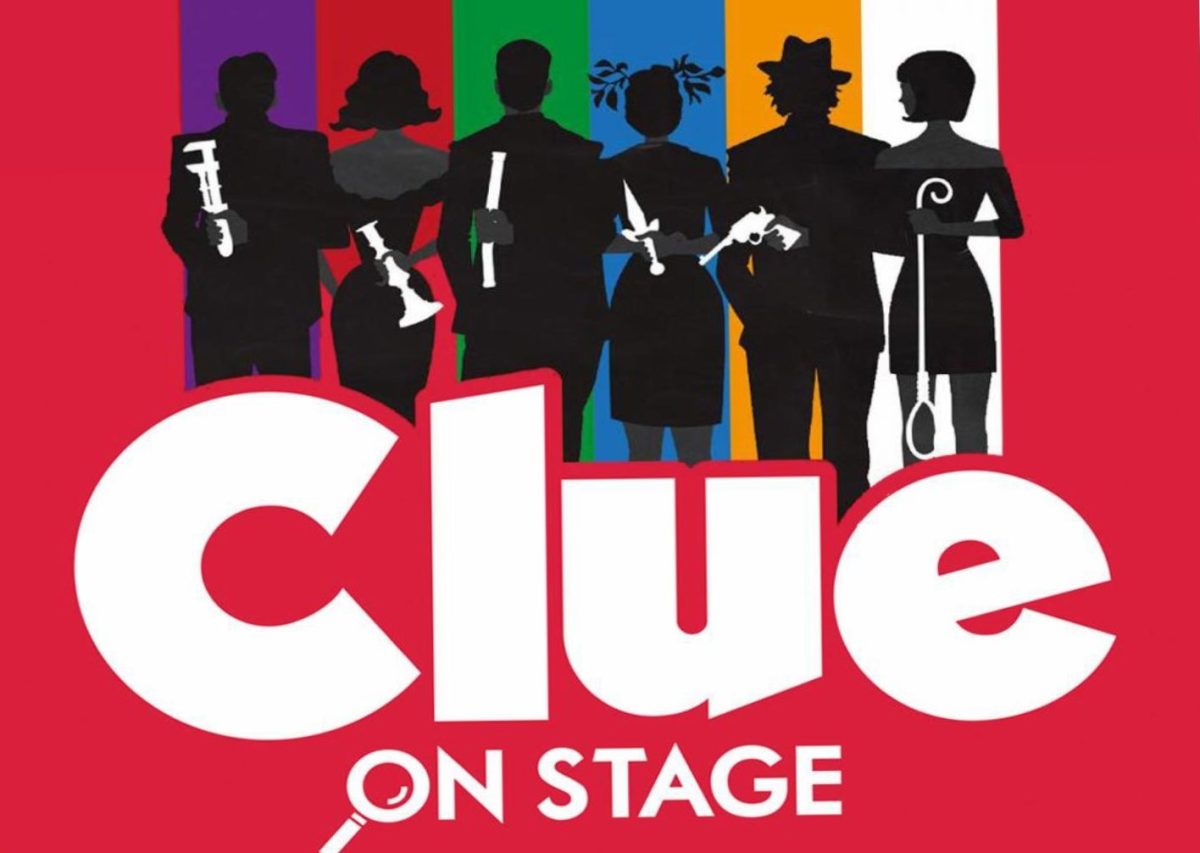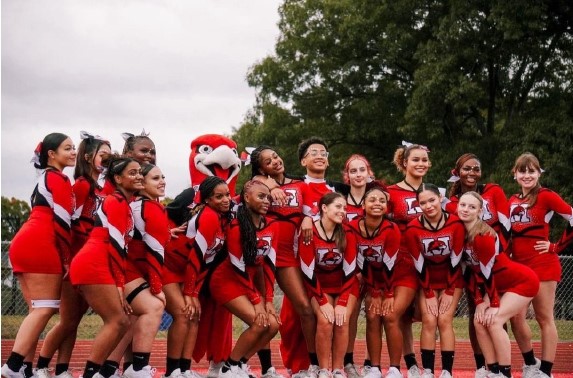Jumping, tumbling, and stunting are just a few things cheerleading has in store for their audience. According to the NCAA, cheerleading has been around since late 1898. It started out as a group of male students from the University of Minnesota yelling for their team to win, but what really is cheerleading? Cheerleading uses all different types of sport characteristics such as teamwork, dedication, physical strength, and discipline in order to have a good team therefore the saying, “cheerleading isn’t a sport” is an offensive stereotype to anyone who has done cheer.
Sports can be defined as physical activities that require skill and endurance. Cheerleading includes both these characteristics whether you are cheering on the sideline or competing at an All star competition. In 2016, the International Olympic Committee (IOC) designated cheer as a sport therefore creating speculation if cheerleading would become the next big event at the Olympics. Also, according to the National Federation of State High School Association (NFHS), statistics show 30 states recognize cheerleading as a competitive sport, creating a bigger platform for cheer.
“We come in, we run sixish laps around the gym, and then the team stretches together and then go through two rounds of kicks with an eight counter and then two rounds of jumps with an eight counter as well,” an interview with the head coach of the MHS cheerleading team, Kayleigh Lacava explains. Furthermore she states, “we then do endurance stunts, where they do stunts repetitively to help build endurance and sharpness” She exclaims. Once finished warming up, “they work on new skills, pyramids, cheers, dances, and tumbling for the rest of practice,” Lacava explains. She also goes on to explain what a competitive routine would look like, “A competition routine is a two minute and 30 second routine put to music that involves stunting, tumbling, jumping, and cheering,” Lacava describes. She also states, “typically a routine would start with like a running tumbling section and would move through an elite stunt section, followed by jumps and standing tumbling and then will move on to pyramids and dance,” Lacava lays out for us the basics of what a competitive routine would look like therefore needing a ton of endurance and focus to finish the routine with energy and sharpness.
In my 3 years of cheerleading, I have come across days where I do not want to go to practice because I am too tired or I am having a bad day therefore my skills like tumbling and stunts do not go well. These characteristics I’m sure have been felt by any athlete out there because we all have our bad and good days. But to say a sport that includes skill, teamwork, and endurance is “only a hobby” or “something fun to do”, is offensive because you aren’t taking into consideration the amount of work and practice it takes to lift people into the air or throw yourself forwards or backwards in hopes you don’t break your neck. Therefore next time you see a cheerleader, cheering on a team, don’t assume they do not have skill or their sport isn’t as physical as most, but appreciate the fact that they are taking time out of their day to cheer on other teams and find ways to educate yourself about the multiple categories cheerleading has to offer.






